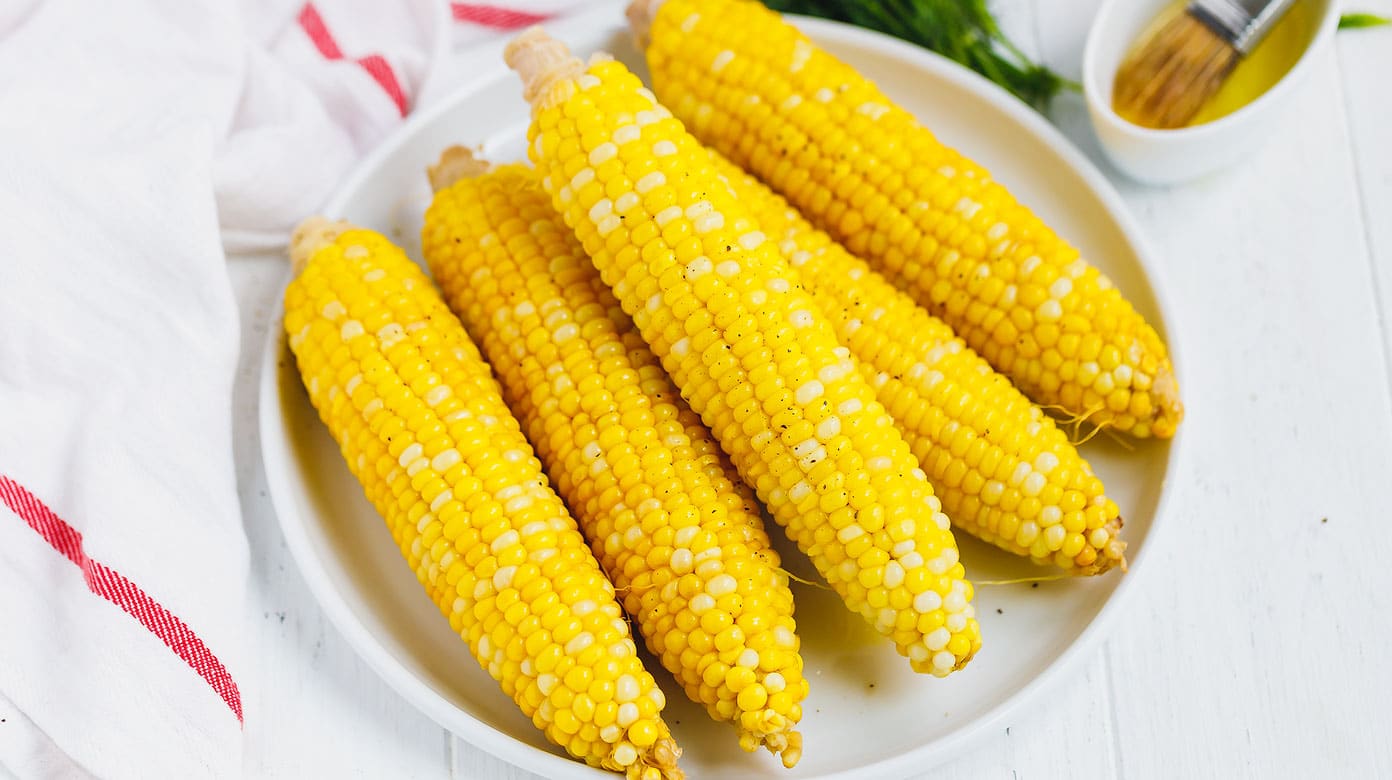

Articles
How To Store Cooked Corn On The Cob
Modified: January 19, 2024
Learn how to store cooked corn on the cob in just a few simple steps. Read our informative articles for expert tips and tricks.
(Many of the links in this article redirect to a specific reviewed product. Your purchase of these products through affiliate links helps to generate commission for Storables.com, at no extra cost. Learn more)
Introduction
Corn on the cob is a delicious summer staple enjoyed by many around the world. Whether you have just enjoyed a backyard barbecue or cooked up a batch of corn on the cob for a family gathering, you may find yourself with leftovers. Properly storing cooked corn on the cob is essential to ensure its freshness and flavor for future consumption.
Storing cooked corn on the cob may seem like a straightforward task, but there are a few factors to consider to keep it at its best. The storage method you choose will depend on the length of time you want to store the corn, as well as the texture and taste you desire when it comes time to enjoy it again.
In this article, we will explore the importance of properly storing cooked corn on the cob and discuss various factors to consider before doing so. We will then dive into the best practices for storing cooked corn on the cob, including the options of refrigerating, freezing, or canning. Additionally, we will provide tips for reheating the stored corn on the cob to maintain its deliciousness. So, let’s get started on preserving the goodness of cooked corn on the cob!
Key Takeaways:
- Properly storing cooked corn on the cob is crucial to maintain its freshness, flavor, and nutritional value. Whether refrigerating, freezing, or canning, follow best practices to enjoy the taste of summer year-round.
- Reheating stored cooked corn on the cob is essential to preserve its deliciousness. Whether refrigerated, frozen, or canned, follow recommended methods to maintain the texture and flavor for a delightful dining experience.
Read more: How To Store Corn On The Cob After Cooking
Importance of Properly Storing Cooked Corn on the Cob
Properly storing cooked corn on the cob is crucial for several reasons. First and foremost, it helps maintain its freshness, flavor, and nutritional value. The improper storage of cooked corn on the cob can lead to spoilage, resulting in a waste of food and resources.
Furthermore, storing cooked corn on the cob correctly allows you to enjoy it for an extended period. Whether you want to save it for another meal or savor the taste of summer during the off-season, proper storage methods will help maintain the quality of the corn and prevent it from drying out or becoming mushy.
By storing cooked corn on the cob properly, you also reduce the risk of foodborne illnesses. Corn is a carbohydrate-rich food that provides an ideal environment for bacteria to multiply if not stored at the appropriate temperature. By following the recommended storage guidelines, you can ensure the safety of the corn and minimize the chances of foodborne illnesses.
Additionally, proper storage methods allow you to take advantage of seasonal availability and stock up on corn when it is abundant and at its peak. This way, you can enjoy this delectable treat even when fresh corn is no longer readily available in your area.
Lastly, storing cooked corn on the cob properly also helps in minimizing food waste. By preserving leftovers, you reduce the amount of food that goes to waste, which is not only beneficial for the environment but also for your wallet.
Overall, the importance of properly storing cooked corn on the cob cannot be overstated. It helps maintain freshness, flavor, and nutrition, extends its shelf life, reduces the risk of foodborne illnesses, allows you to enjoy the taste of summer year-round, and helps in minimizing food waste. So, let’s explore the factors to consider before storing cooked corn on the cob to ensure the best results!
Factors to Consider Before Storing Cooked Corn on the Cob
Before diving into the different storage methods for cooked corn on the cob, it’s important to consider a few factors that will influence your decision.
1. Time: How long do you plan to store the cooked corn on the cob? The storage method may vary depending on whether you want to enjoy it the next day or keep it for an extended period.
2. Texture: Do you prefer a tender or crisp texture? The storage method you choose will affect the texture of the corn. Some methods may result in a softer texture, while others may help retain the crispness.
3. Taste: How do you want the corn to taste when you consume it later? Some storage methods may have a minimal impact on the taste, while others may alter the flavor slightly.
4. Available Resources: Consider the resources you have at your disposal, such as storage space in your refrigerator or freezer, canning equipment, or access to a pressure canner. This will help determine which storage method is most suitable for you.
5. Amount of Corn: The quantity of leftover corn on the cob will also influence the storage method. If you have a small amount, refrigeration may be sufficient. However, if you have a larger quantity, freezing or canning might be more practical.
By taking these factors into account, you can make an informed decision on how to properly store your cooked corn on the cob. Now that we have considered the necessary factors, let’s explore the best practices for storing this delicious treat to ensure maximum freshness and flavor.
Best Practices for Storing Cooked Corn on the Cob
To ensure the best storage outcomes for cooked corn on the cob, it is essential to follow some recommended practices. These practices will help maintain the texture, flavor, and quality of the corn, allowing you to enjoy it at its best later on.
1. Wait for the corn to cool: Before storing cooked corn on the cob, allow it to cool down completely at room temperature. This helps prevent condensation from forming in the storage container, which can lead to sogginess or bacterial growth.
2. Remove the husks: While you can store cooked corn with or without the husks, removing them before storage can help prevent mold growth and make the storage process more convenient. However, if you prefer to keep the husks intact, ensure they are clean and dry.
3. Wrap tightly: Whether you choose to refrigerate, freeze, or can your cooked corn on the cob, ensure it is wrapped tightly to prevent air and moisture from entering. This helps maintain the quality and prevents flavor absorption from other foods in the refrigerator or freezer.
4. Label and date: When storing cooked corn on the cob for a longer period, such as in the freezer or pantry, it is essential to label each package or container with the date. This allows you to keep track of the freshness and helps prevent accidentally consuming expired corn.
5. Use appropriate storage containers: Depending on the storage method chosen, use suitable containers that are airtight and freezer-safe. For refrigeration, use resealable plastic bags or airtight containers. For freezing, use freezer bags or containers specifically designed for freezing. And for canning, use canning jars and follow canning guidelines.
6. Utilize portion sizes: Consider dividing the cooked corn on the cob into individual or family-sized portions before storing. This way, you can easily thaw or heat up the desired quantity without having to defrost the entire batch.
7. Store at the appropriate temperature: Ensure that your refrigerator, freezer, or pantry is set to the appropriate temperature for storing cooked corn on the cob. Refrigerators should be set at or below 40°F (4°C), freezers at 0°F (-18°C), and pantry shelves should be cool, dry, and away from direct sunlight.
By following these best practices, you can maintain the quality and flavor of your cooked corn on the cob for an extended period. Now, let’s explore the different storage options available: refrigerating, freezing, and canning.
Option 1: Refrigerating Cooked Corn on the Cob
Refrigerating cooked corn on the cob is a convenient option if you plan to consume it within a few days. By following the proper steps, you can preserve the taste and texture of the corn to enjoy it later.
To refrigerate cooked corn on the cob:
- Allow the corn to cool down completely at room temperature.
- Remove the husks if desired or trim them to a more manageable size.
- Wrap each individual cob tightly in plastic wrap or place them in a resealable plastic bag.
- Label each wrapped corn with the date to keep track of its freshness.
- Place the wrapped cobs in the vegetable crisper drawer or a designated area in the refrigerator where they won’t get crushed.
When properly refrigerated, cooked corn on the cob can stay fresh for up to 3-4 days. It’s important to note that the texture may become slightly softer after refrigeration. To enjoy the corn, you can reheat it in a pot of boiling water for a few minutes or eat it cold if preferred.
Refrigeration is a great option if you want to enjoy the corn on the cob relatively soon. However, if you want to store it for a more extended period, freezing might be a better choice. Let’s explore how to freeze cooked corn on the cob and the steps involved.
After cooking, let the corn cool to room temperature, then wrap it tightly in plastic wrap and store it in the refrigerator for up to 3 days.
Read more: How To Store Corn On Cob
Option 2: Freezing Cooked Corn on the Cob
Freezing cooked corn on the cob is an excellent option if you want to store it for an extended period, up to several months. By properly freezing the corn, you can preserve its flavor and texture for future enjoyment.
To freeze cooked corn on the cob:
- After the corn has cooled down, remove the husks and silk if desired.
- Blanch the corn by placing it in a pot of boiling water for approximately 3-4 minutes.
- Remove the corn from the boiling water and immediately transfer it to a bowl of ice water to stop the cooking process.
- Once cooled, pat the corn dry with a towel to remove excess moisture.
- Individually wrap each cob tightly in plastic wrap or aluminum foil.
- Place the wrapped cobs in a freezer bag or airtight container.
- Label the container with the date and place it in the freezer.
When properly frozen, cooked corn on the cob can maintain its quality for up to 8-12 months. Freezing helps retain the taste and texture, allowing you to enjoy the corn with minimal loss in flavor.
To thaw frozen cooked corn on the cob, transfer it from the freezer to the refrigerator and let it thaw overnight. Once thawed, you can enjoy it cold, or if desired, reheat it. To reheat, you can steam or microwave the corn until heated through.
With freezing being an excellent long-term storage option, there is one more preservation method to consider: canning. Let’s explore how to can cooked corn on the cob and the steps involved.
Option 3: Canning Cooked Corn on the Cob
Canning cooked corn on the cob is a method that allows you to preserve the deliciousness of corn for an extended period, up to a year or more. Canning ensures that the corn remains fresh and retains its flavor and texture over time.
To can cooked corn on the cob, you will need a pressure canner, canning jars, lids, and bands. Here’s a step-by-step guide:
- Start by preparing the pressure canner according to the manufacturer’s instructions.
- Cook the corn on the cob until it is tender, whether by boiling or steaming. Avoid overcooking as it may result in a mushy texture.
- As soon as the corn is cooked, transfer it to sterilized canning jars while still hot, leaving about 1 inch of headspace.
- Add boiling water or a light brine solution (if desired) to each jar, covering the corn completely, while maintaining the 1-inch headspace.
- Remove any air bubbles by gently tapping the jars or using a non-metallic utensil to release trapped air.
- Wipe the rims of the jars with a clean, damp cloth, ensuring there is no residue that could affect the sealing process.
- Place the lids and bands on the jars, tightening the bands finger-tight.
- Transfer the filled jars to the pressure canner and follow the canner’s instructions for the appropriate canning time and pressure.
- Once the canning process is complete, carefully remove the jars from the pressure canner and place them on a towel-lined surface to cool.
When stored in a cool, dark place, properly canned cooked corn on the cob can maintain its quality for a year or longer. It’s important to note that the texture may become slightly softer compared to freshly cooked corn, but the flavor and nutritional value will remain intact.
To enjoy canned cooked corn on the cob, simply open a jar, drain off the liquid, and heat it on the stovetop or in the microwave. Canned corn can be enjoyed on its own or used in various recipes, making it a versatile option for long-term storage.
Now that you are familiar with the three main options for storing cooked corn on the cob – refrigeration, freezing, and canning – it’s important to know how to properly reheat the stored corn to maintain its deliciousness. Let’s explore some tips for reheating stored cooked corn on the cob.
Tips for Reheating Stored Cooked Corn on the Cob
Reheating stored cooked corn on the cob is essential to ensure that it remains flavorful and enjoyable. Whether you have refrigerated, frozen, or canned the corn, here are some tips to help you reheat it to perfection.
1. Refrigerated Corn: If you have refrigerated cooked corn on the cob, you can reheat it by placing the cobs in a pot of boiling water for 3-5 minutes. Remove the corn from the water and allow it to drain briefly before serving.
2. Frozen Corn: To reheat frozen cooked corn on the cob, thaw it first by transferring it from the freezer to the refrigerator overnight. Once thawed, you can either steam the corn for a few minutes or reheat it in the microwave using a microwave-safe dish with a little water.
3. Canned Corn: Canned cooked corn on the cob is already fully cooked and preserved, so it only needs to be warmed up before serving. Drain the liquid from the jar and transfer the corn to a pot. Heat on the stovetop over low heat until it reaches the desired temperature.
Regardless of the storage method, it’s important to avoid overcooking the corn to prevent it from becoming mushy. Keep a close eye on the corn while reheating to ensure it is heated through without losing its texture and flavor.
If you prefer to enjoy the corn cold, such as for salads or chilled side dishes, simply thaw it (if necessary) and serve it directly without reheating.
Now that you know how to properly reheat stored cooked corn on the cob, let’s address some frequently asked questions to clear any remaining doubts you may have.
Frequently Asked Questions (FAQs)
- Q: Can I store cooked corn on the cob at room temperature?
- Q: How long can I store cooked corn on the cob in the refrigerator?
- Q: Can I freeze cooked corn on the cob without blanching it?
- Q: Can I can cooked corn on the cob without a pressure canner?
- Q: Can I reuse the liquid from canned corn on the cob?
- Q: Can I reheat and store previously reheated cooked corn on the cob?
A: It is not recommended to store cooked corn on the cob at room temperature as it can lead to bacterial growth and spoilage. It is best to refrigerate, freeze, or can the corn for proper storage.
A: Cooked corn on the cob can be stored in the refrigerator for 3-4 days. Ensure it is properly wrapped or stored in an airtight container to maintain freshness.
A: It is recommended to blanch cooked corn on the cob before freezing to help preserve its flavor, color, and texture. Blanching also helps to deactivate enzymes that can break down nutrients over time.
A: It is important to use a pressure canner when canning corn on the cob to ensure that it reaches the proper temperature for safe preservation. Processing corn without a pressure canner may result in an unsafe product.
A: The liquid from canned corn on the cob is generally not used for consumption as it may contain salt, preservatives, or other additives. It is best to drain and discard the liquid before reheating and serving the corn.
A: It is not recommended to reheat and store cooked corn on the cob multiple times. Each time you reheat the corn, it may lose some of its texture and flavor. It’s best to reheat only the amount you plan to consume.
If you have any additional questions or concerns about storing and reheating cooked corn on the cob, it is always best to consult trusted sources or experts in food safety to ensure the best practices are followed.
Now that we have covered the frequently asked questions, let’s wrap up our discussion on storing cooked corn on the cob.
Read more: How To Store Corn On The Cob
Conclusion
Properly storing cooked corn on the cob is essential to maintain its freshness, flavor, and nutritional value. Whether you choose to refrigerate, freeze, or can the corn, following the best practices ensures that it stays delicious for future enjoyment.
Refrigeration is suitable for short-term storage, while freezing allows you to preserve the corn for several months. Canning provides a long-term solution, allowing you to enjoy the corn on the cob for up to a year or more. Each method has its own benefits and considerations, depending on your needs and resources.
When reheating stored cooked corn on the cob, be mindful of the cooking time to avoid overcooking and compromising the texture. Whether you choose to reheat it on the stovetop, in the microwave, or enjoy it cold, reheating helps bring out the deliciousness of the corn.
By properly storing and reheating cooked corn on the cob, you can extend its shelf life, reduce food waste, and continue to enjoy the taste of summer all year round. Remember to consider the factors such as time, texture, taste, and available resources before choosing the storage method.
So the next time you have leftover corn on the cob, take the necessary steps to store it properly, follow the recommended practices, and reheat it with care. With these tips in mind, you can savor the delightful flavors of cooked corn on the cob whenever you desire.
Preserving the goodness of cooked corn on the cob is a wonderful way to make the most of this seasonal treat and ensure that no delicious morsel goes to waste. Happy storing and reheating!
Frequently Asked Questions about How To Store Cooked Corn On The Cob
Was this page helpful?
At Storables.com, we guarantee accurate and reliable information. Our content, validated by Expert Board Contributors, is crafted following stringent Editorial Policies. We're committed to providing you with well-researched, expert-backed insights for all your informational needs.
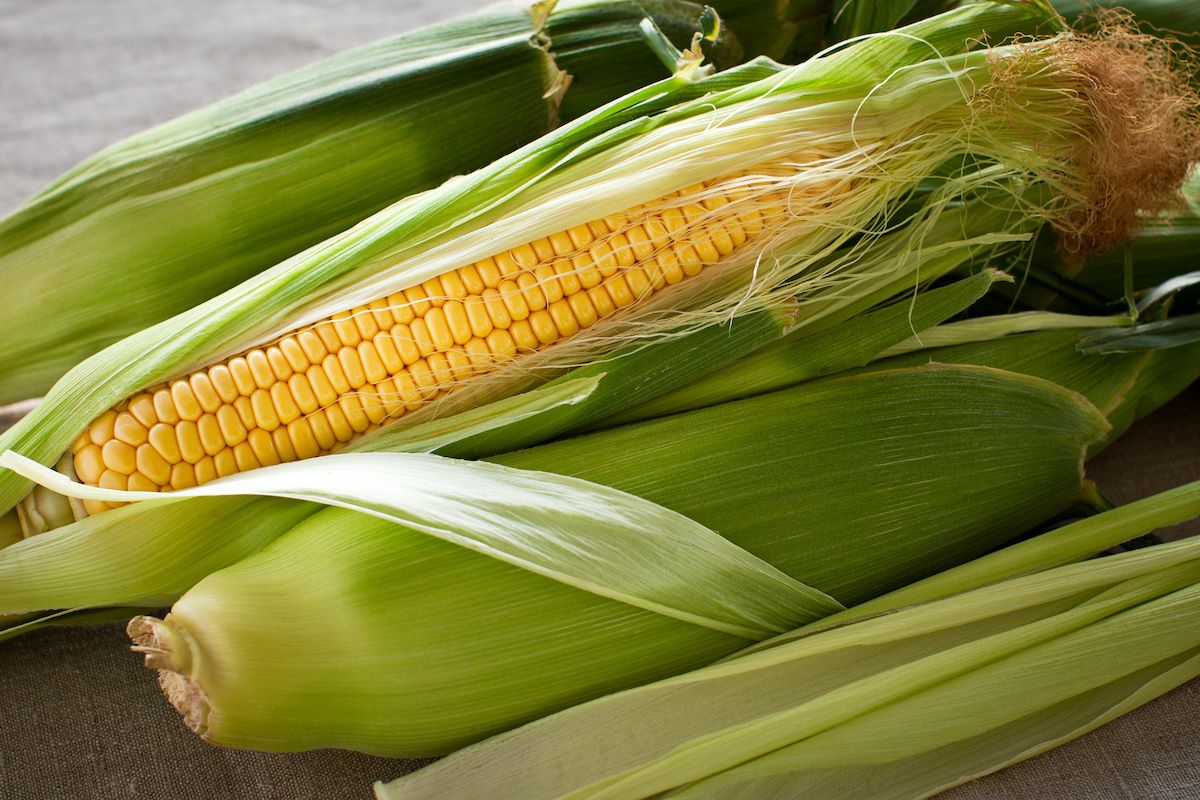
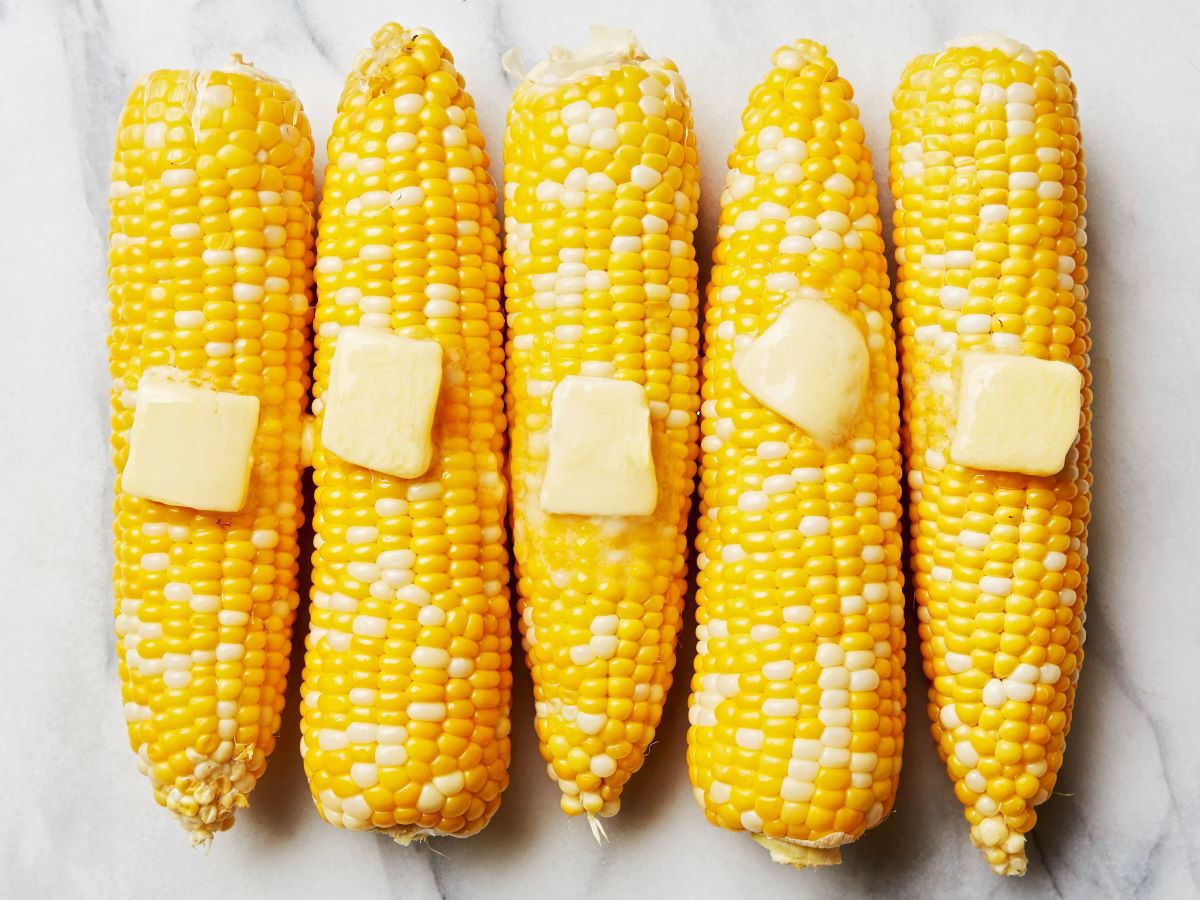

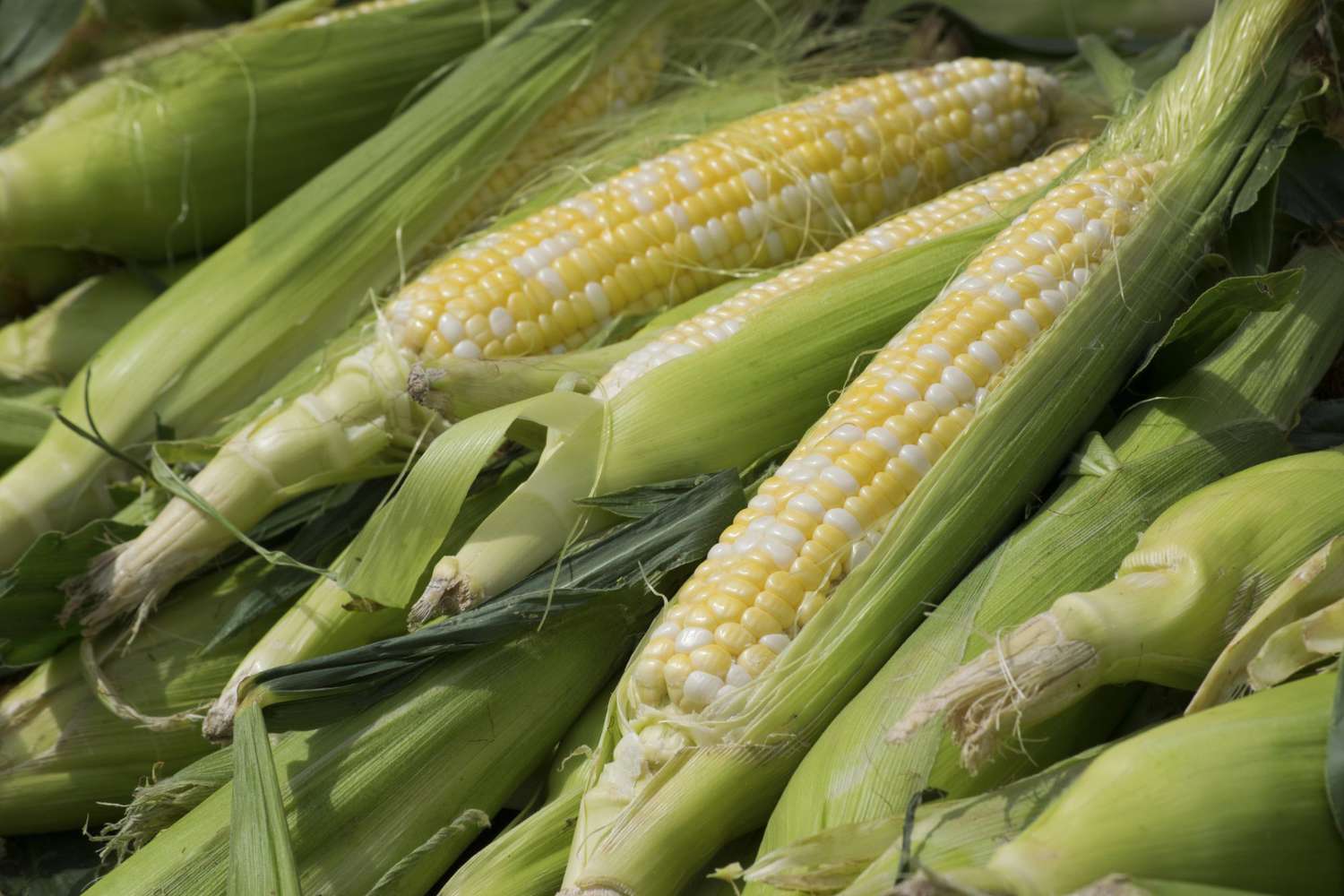
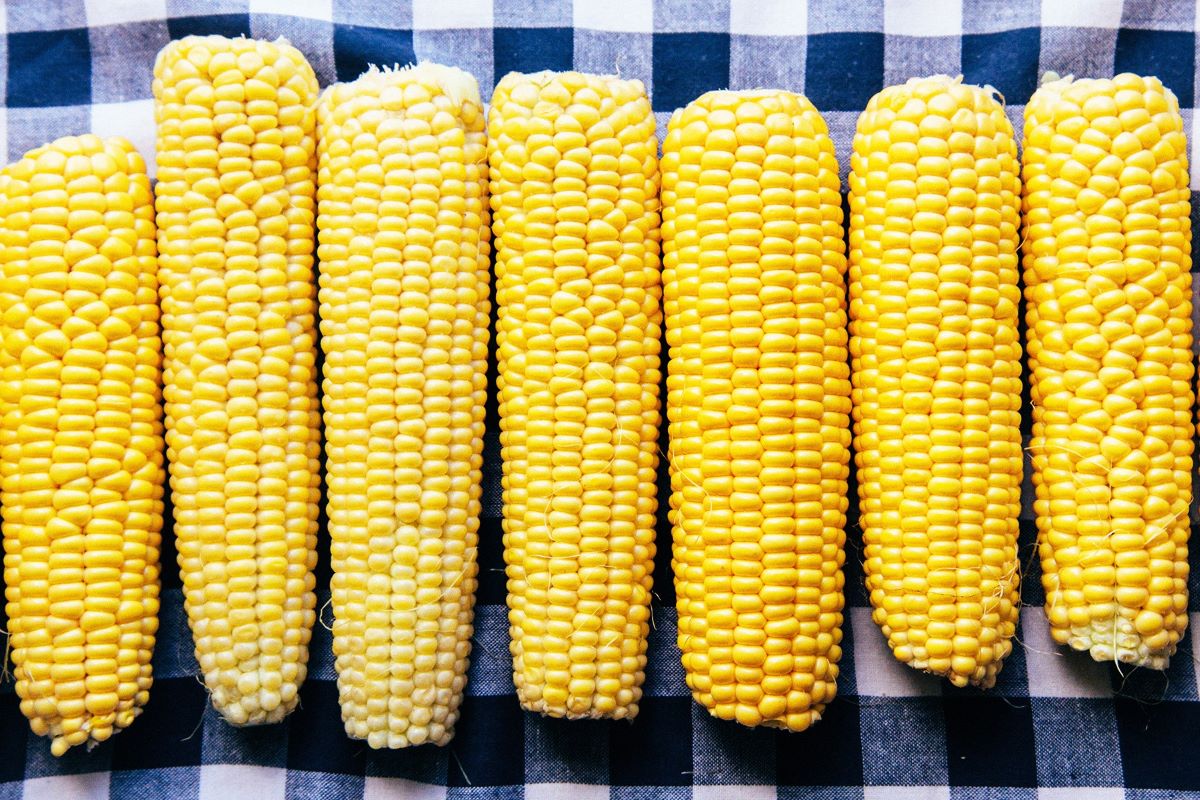
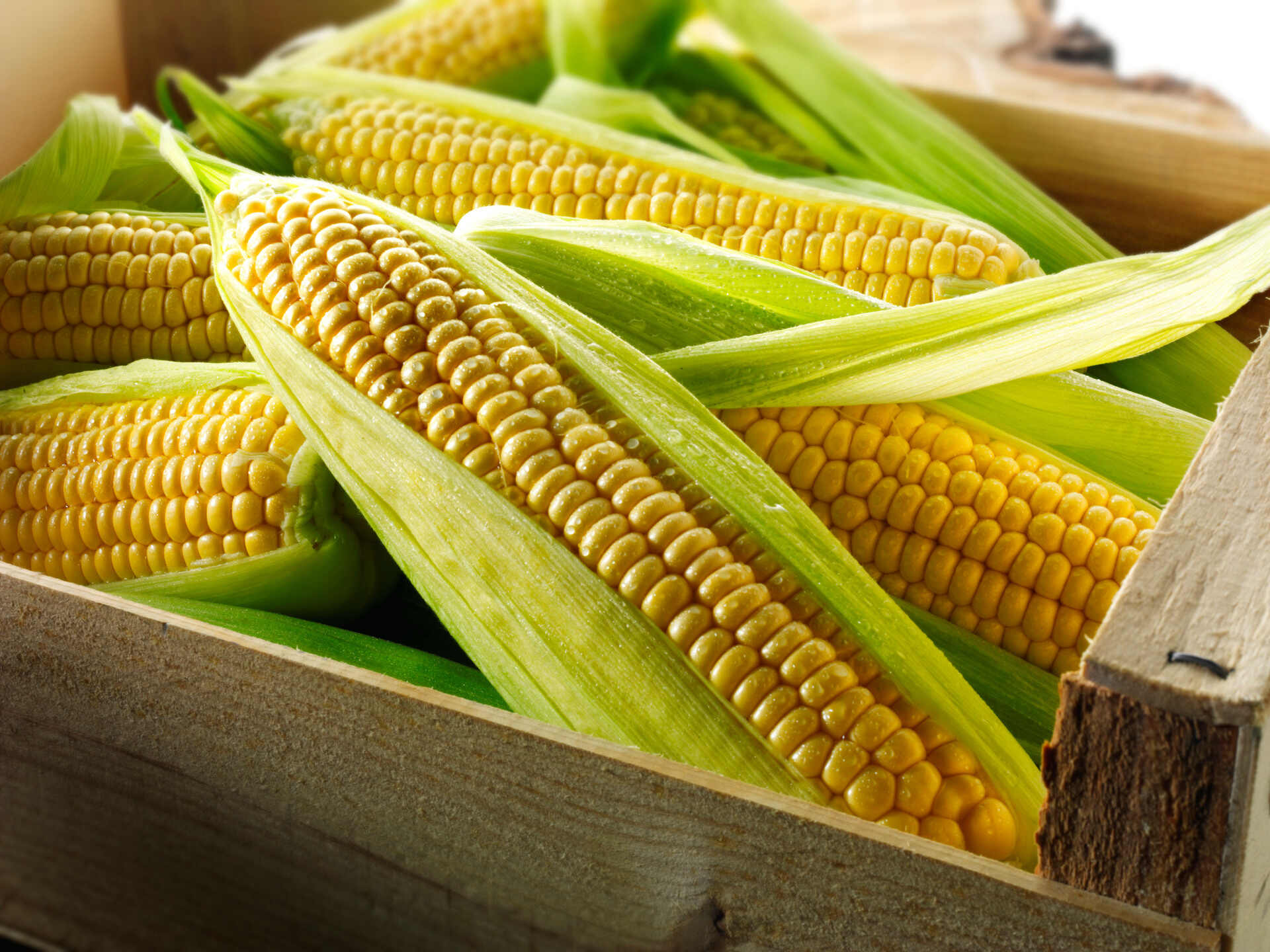
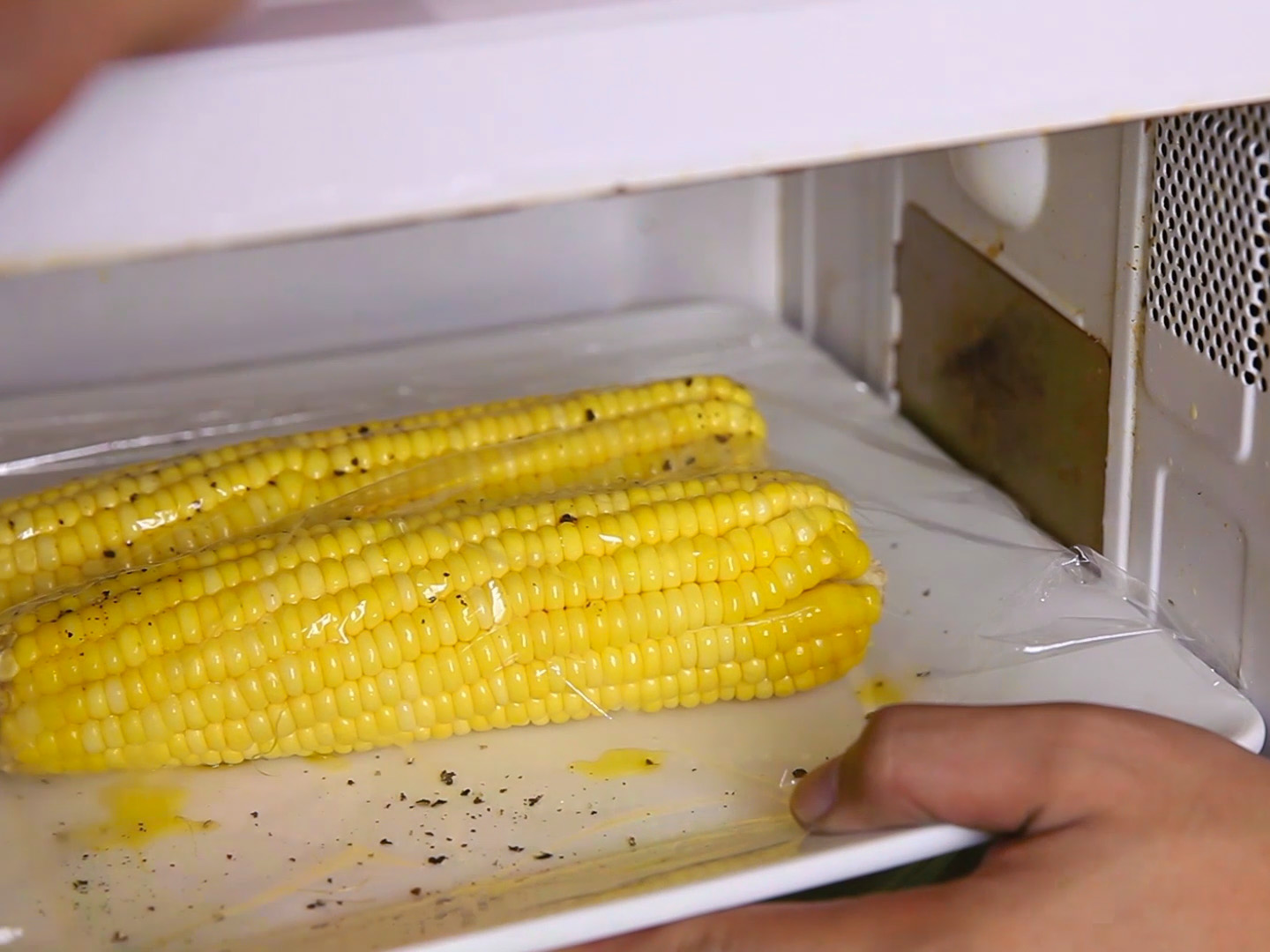
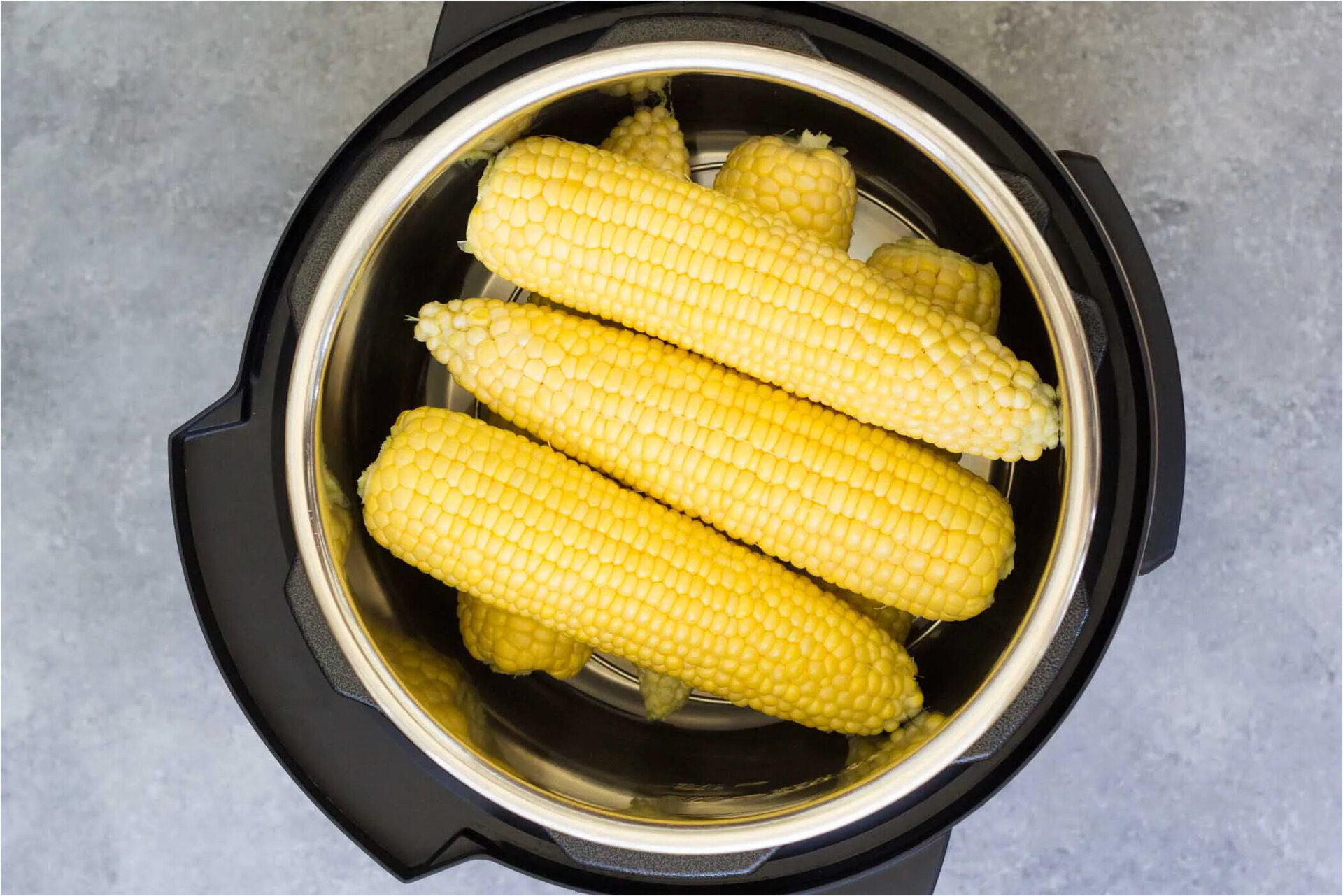
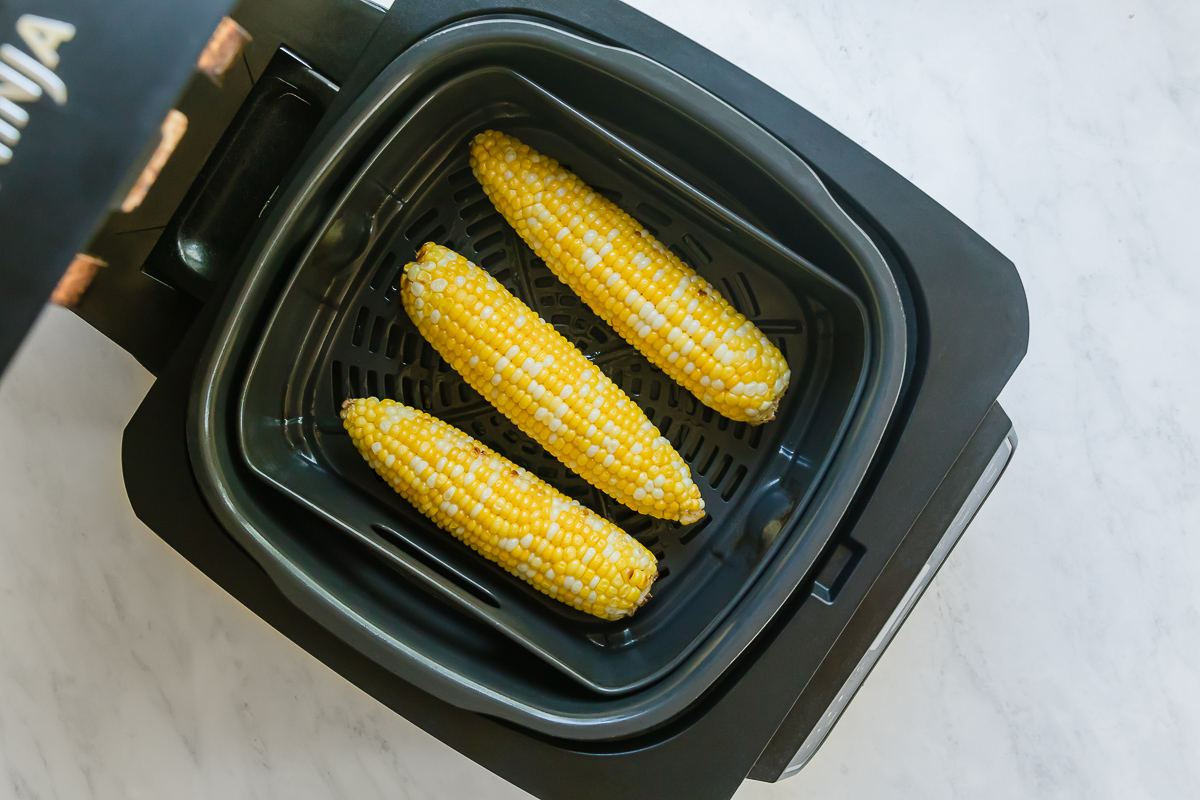
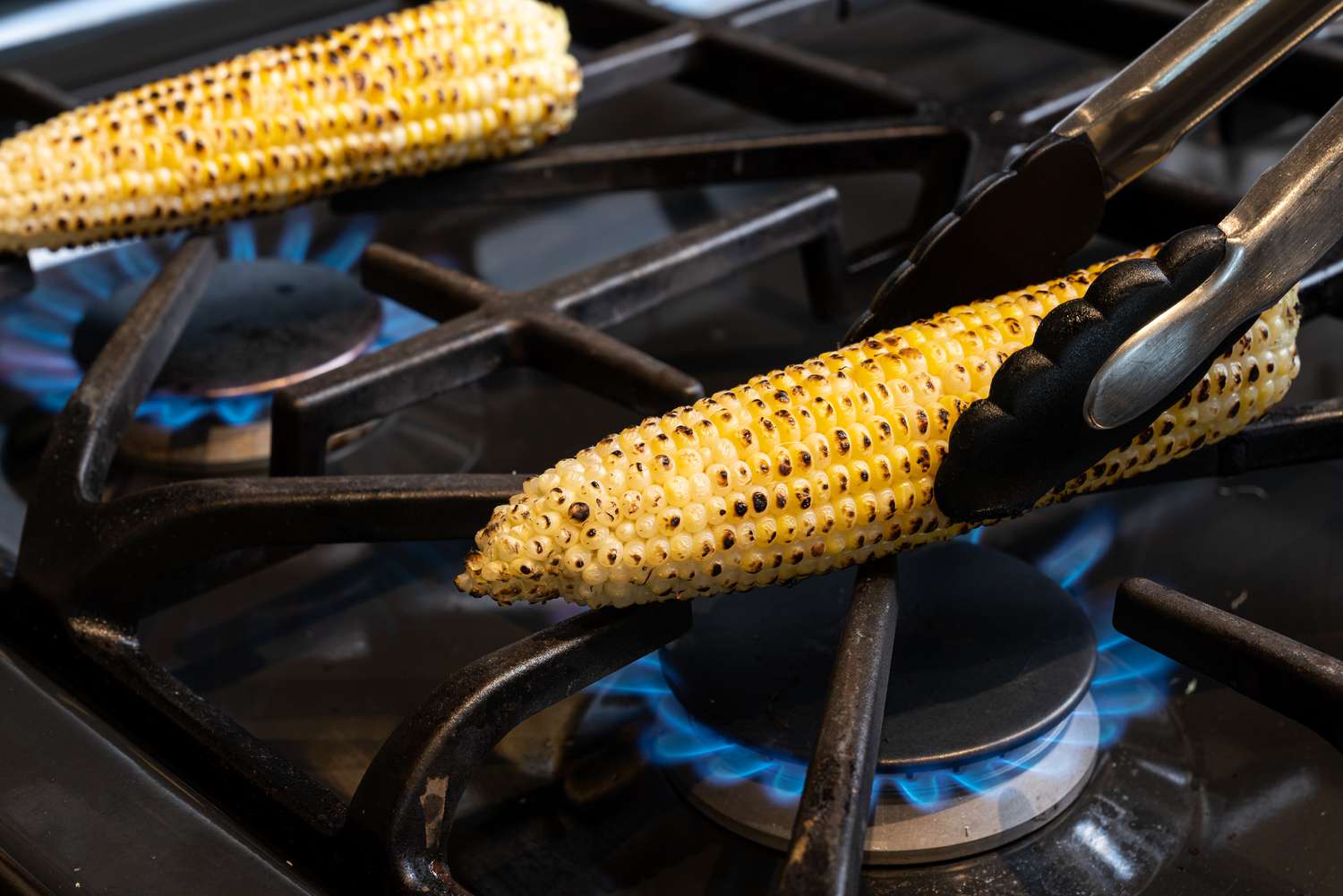
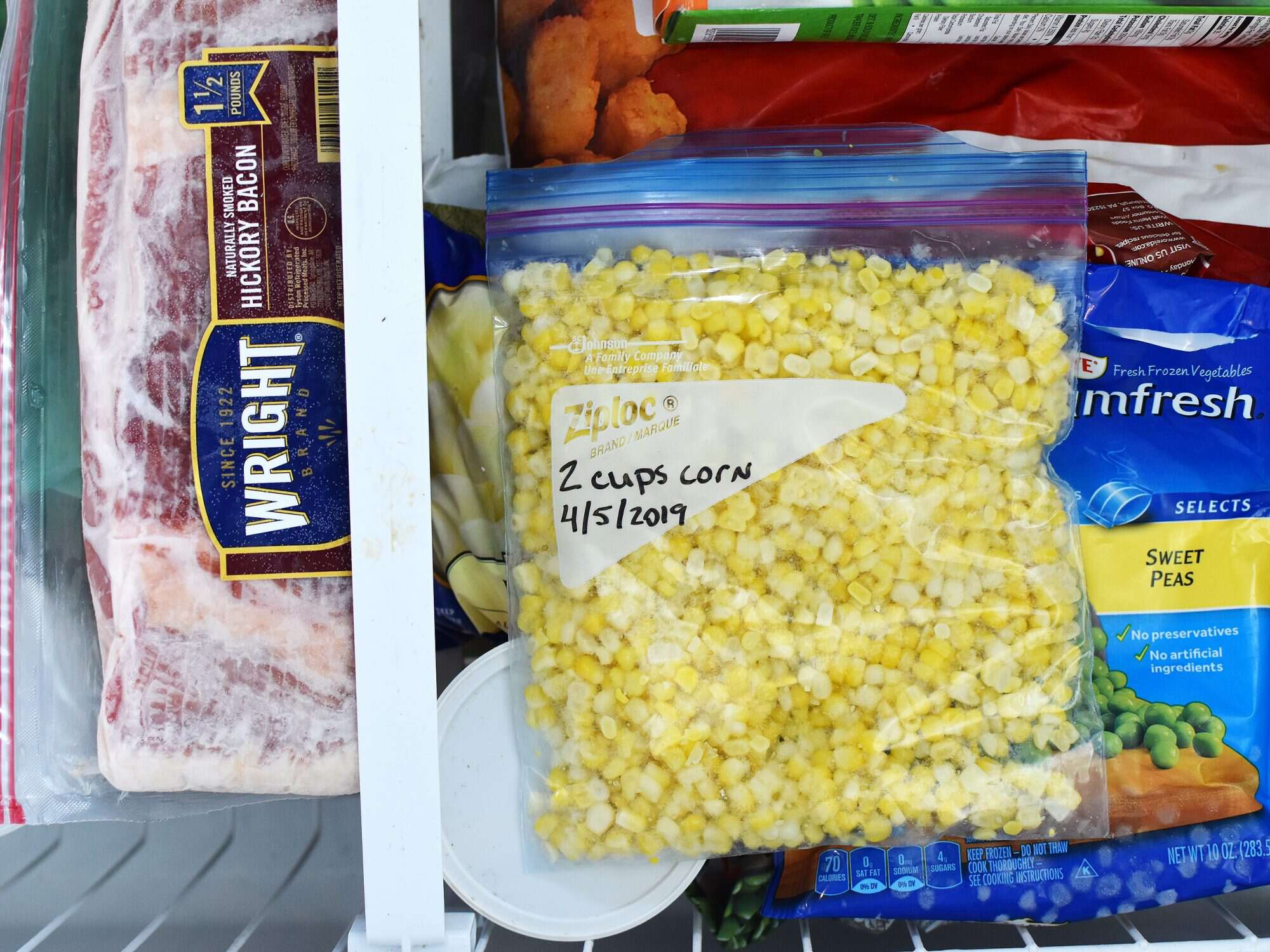
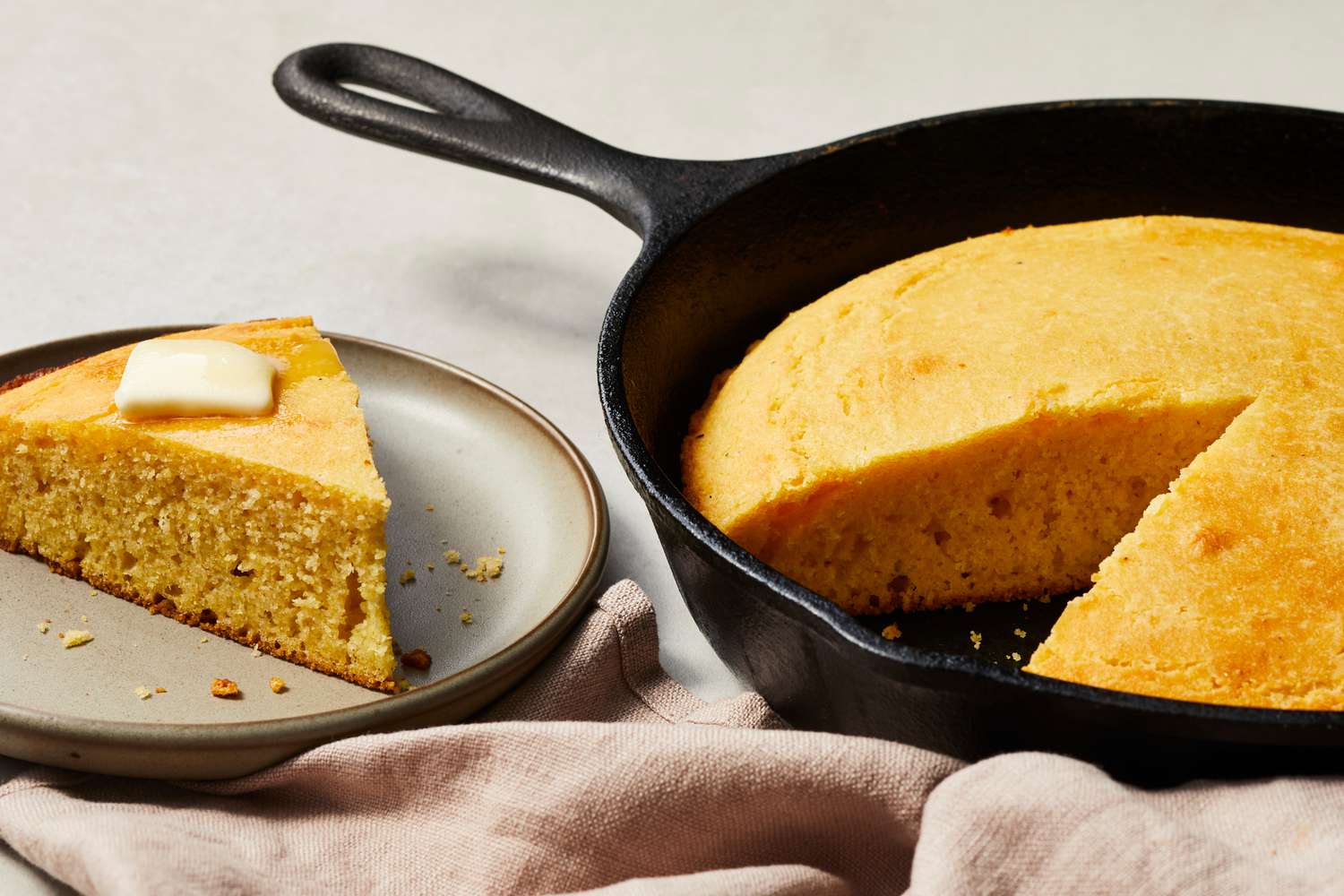
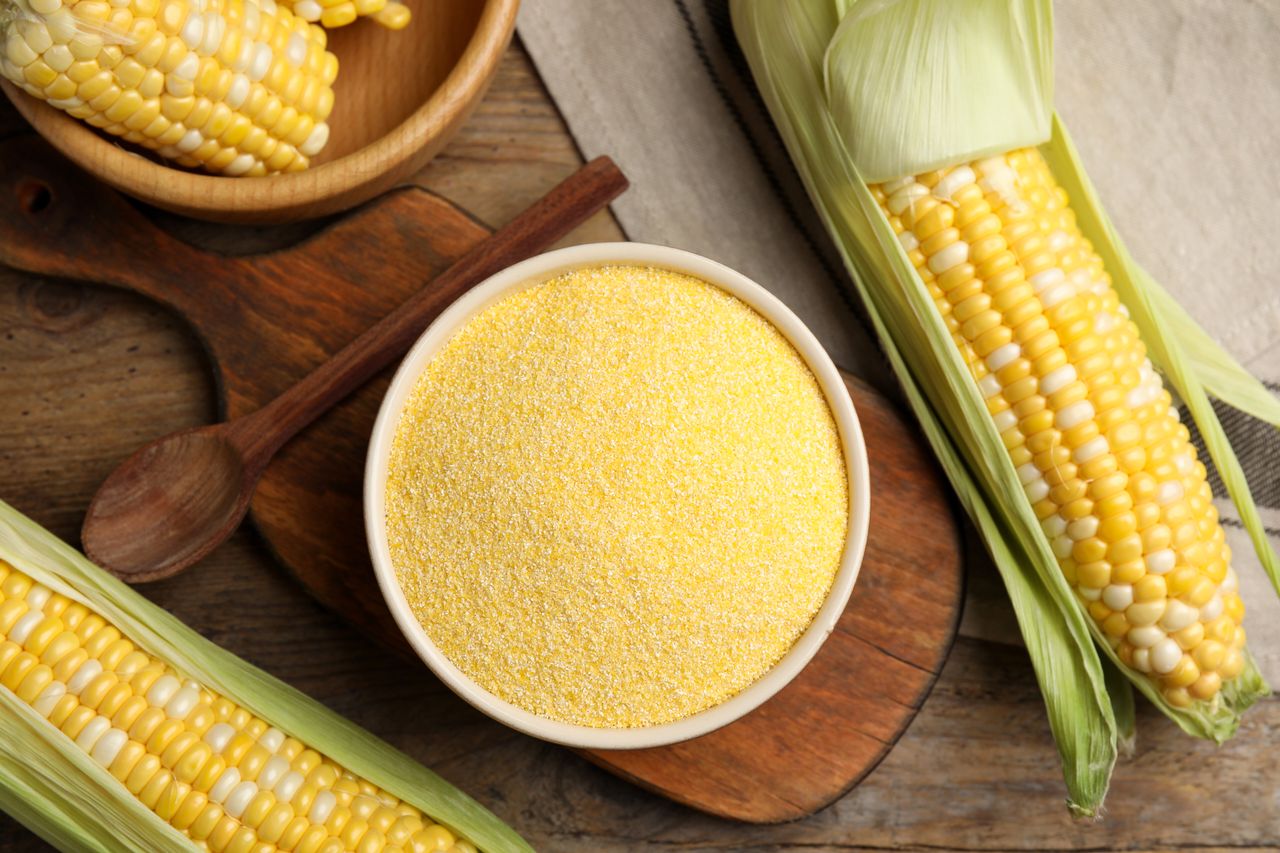

0 thoughts on “How To Store Cooked Corn On The Cob”